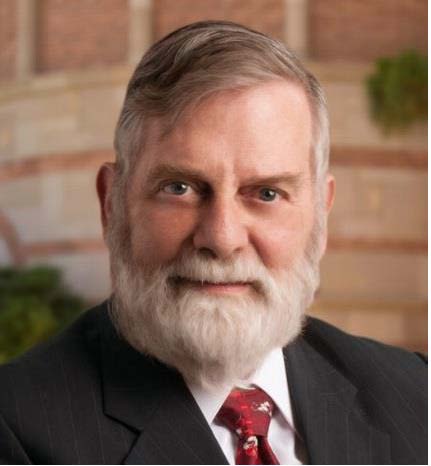What time is it? Who Cares? Why?
The IEEE San Diego Section would like to invite its membership for an in-person section-wide program. As we re-establish in-person programs after the pandemic, we hope this will provide an opportunity for us to connect face-to-face! Please join us.
An interesting experiment helps explain why we measure time. After seeing someone glancing at their watch, you can ask them if they know what time it is, and will be surprised to learn they don’t know and will have to look again at their timepiece to respond to the question. But you know they had just looked at it, why didn’t it register? It is interesting to note that we don’t look at our watch to know what the current time is, we look to learn how much time remains till an upcoming event; perhaps end of a lecture, or to a make a scheduled call. What we learn is time intervals are more important than time itself. We partition time into convenient intervals, such as second, minutes, days, weeks, months, years, and so on. The intervals allow us to schedule and coordinate activities. Christiaan Huygens invented the pendulum clock in 1656 which reduced clock errors from 15 minutes per day to 15 seconds per day.
A ship’s navigator could determine Latitude (north of equator) by measuring altitude of the North Star. They were not similarly able to determine their longitude. In old maps Latitudes of coastlines are accurate, but the Longitudes are off by hundreds of miles. Pendulum clocks cannot operate on board a ship and thus a navigator, without access to accurate time, could not determine Longitude.
In 1707, due to a poor estimate of longitude during a severe storm off the Isles of Scilly, the British Navy lost four ships, 1600 sailors, and an Admiral. This is considered the greatest maritime disaster in British history. In response to this loss, in 1714, Parliament offered a 20,000 Pound Sterling ($4.4 million today) prize to anyone who could find a way to determine a ship’s longitude within 0.5 degrees (30 nautical miles). Navigation is why we care “What time is it?”
This presentation will discuss the process of time keeping and in particular how we used DSP techniques to set the time and align the crystal-controlled clocks aboard the SpaceX Starlink Satellites. This proved to be an interesting task due to various design constraints.
Date and Time
Location
Hosts
Registration
-
 Add Event to Calendar
Add Event to Calendar
Speakers
 fred harris
fred harris
What time is it? Who Cares? Why?
Biography:
Professor harris is at the University of California San Diego where he teaches and conducts research on Digital Signal Processing and Communication Systems. He holds 40 patents on digital receiver and DSP technology and lectures throughout the world on DSP applications. He consults for organizations requiring high performance, cost effective DSP solutions. He was an adjunct member at the Princeton Center for Communications Research and at the Communications and Signal Processing Research Group in the Department of Electrical and Electronic Engineering at Imperial College London.
He has written some 260 journal and conference papers, the most well-known being his 1978 paper “On the use of Windows for Harmonic Analysis with the Discrete Fourier Transform”. He is the author of the book Multirate Signal Processing for Communication Systems and has contributed to several other DSP books including the Sklar and harris 3-rd edition of Digital Communications the “Time Domain Signal Processing with the DFT” chapters in Doug Elliot’s 1987 book Handbook of Digital Signal Processing, and “A most Efficient Digital Filter: The Two-Path Recursive All-Pass Filter” and the “Ultra Low Phase Noise DSP Oscillator” Chapters in Rick Lyon’s 2012 book Streamlining Digital Signal Processing. He is co-author of the book Software Radio Sampling Rate Selection, Design and Synchronization.
His special areas include Polyphase Filter Banks, Physical Layer Modem design, Synchronizing Digital Modems and Spectral Estimation
He was the Technical and General Chair respectively of the 1990 and 1991 Asilomar Conference on Signals, Systems, and Computers, was Technical Chair of the 2003 Software Defined Radio Conference, of the 2006 Wireless Personal Multimedia Conference, of the DSP-2009, DSP-2013 Conferences and of the SDR-WinnComm 2015 Conference. He became a Fellow of the IEEE in 2003, cited for contributions of DSP to communications systems. In 2006 he received the Software Defined Radio Forum’s “Industry Achievement Award”. He received the DSP-2018 conference’s commemorative plaque with the citation: “We wish to recognize and pay tribute to fred harris for his pioneering contributions to digital signal processing algorithmic design and implementation, and his visionary and distinguished service to the Signal Processing Community”. He is former Editor in Chief of the Elsevier DSP Journal.
The spelling of his name with all lower case letters is a source of distress for typists and spell checkers. A child at heart, he collects toy trains, old slide-rules, and vintage gyroscopes.
Address:United States
